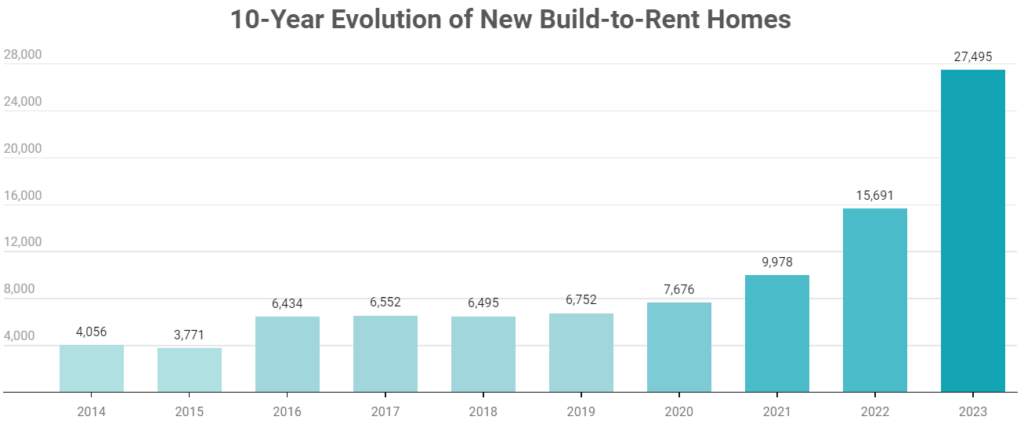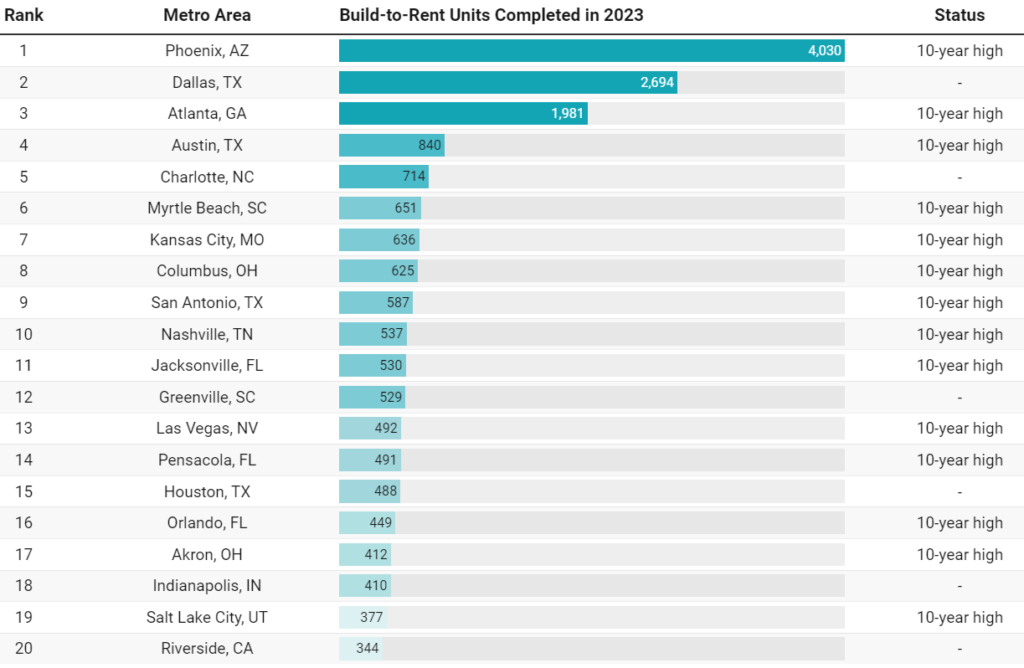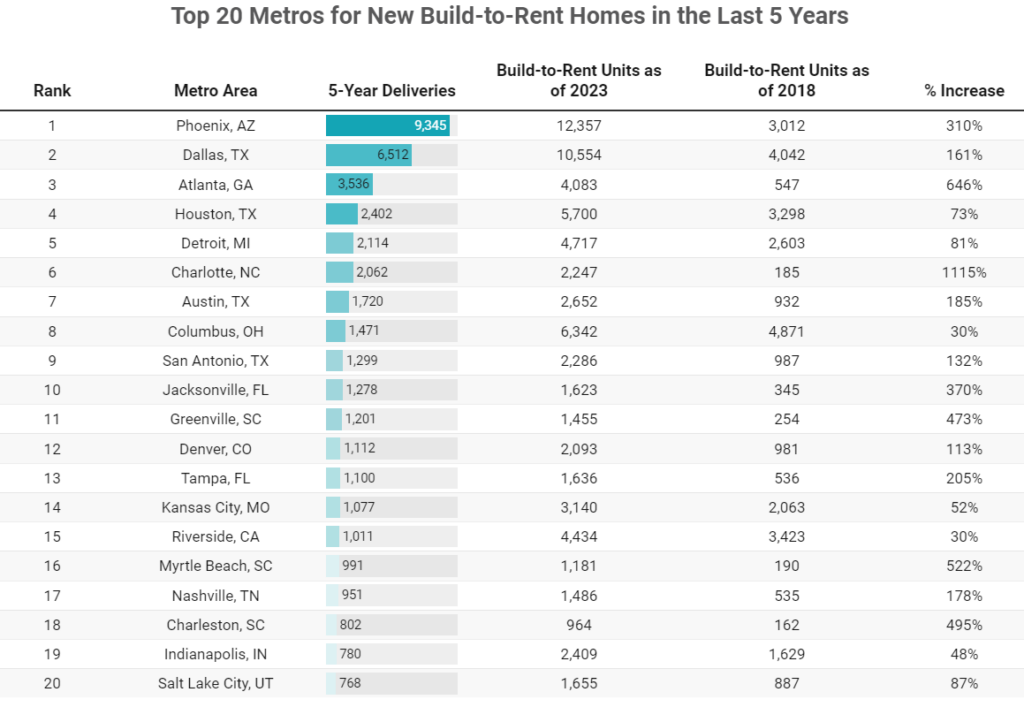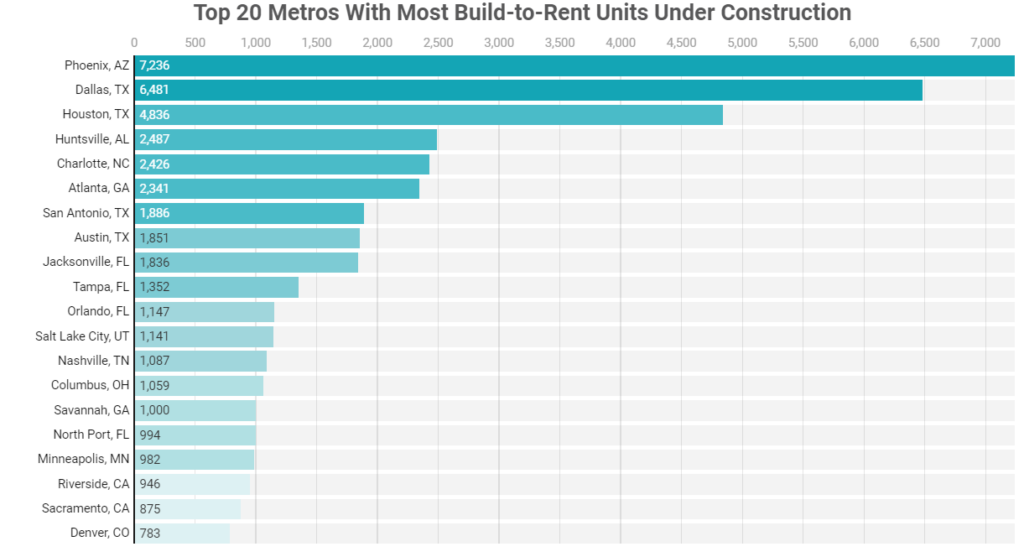Understanding Fair Value When Selling A Business: A Comprehensive Guide

Understanding fair value is critical for business owners looking to sell, ensuring that their asking price accurately reflects the company’s true worth.
Fair value is different from market value and carrying value and offers a realistic comparison of your business to other businesses.
This concept plays a pivotal role in shaping financial reporting and informing negotiation strategies in business transactions.
Imagine you are the owner of “Bright Future Solar,” a company specializing in solar panel installations for residential homes. After years of building your business, you’ve decided it’s time to sell and retire. You believe your company is worth around $1 million, based on your revenue and profit margins. However, when potential buyers start showing interest, their offers range significantly – from $750,000 to $1.2 million.
Confused and unsure how to proceed, you realize the need for an objective measure to accurately reflect your company’s true worth. This is where understanding fair value comes into play. Fair value provides a market-based estimation of your business, considering not just the physical assets, like your inventory and installation equipment, but also intangible assets, such as your brand reputation and customer relationships.
By obtaining a fair value assessment, you ensure that the asking price for “Bright Future Solar” is grounded in reality, reflecting both its current market position and its potential for future earnings. This not only strengthens your negotiation stance but also attracts serious buyers willing to pay a fair price for the value your business truly offers.
However, accurately determining fair value can be challenging, involving subjective assessments and a thorough understanding of current market conditions.
Here’s what you need to know about fair value.
Fair value is different from market value and carrying value and offers a realistic comparison of your business to other businesses.
What is Fair Value?
Fair value is a cornerstone concept in accounting and finance, particularly under the frameworks of International Financial Reporting Standards (IFRS) and Generally Accepted Accounting Principles (GAAP).
It’s a market-based measurement, not an entity-specific valuation.
In essence, fair value is the estimated price of an asset or liability in an open and competitive market, where both the buyer and seller have reasonable knowledge of relevant facts and neither is under any compulsion to transact.
In the context of selling a business, fair value becomes a critical metric.
It serves as a starting point for negotiations and provides a benchmark against which offers can be evaluated.
Fair value is not necessarily the selling price but is an objective estimate of the value of the business’s assets and liabilities, detached from the personal value the business may hold for you.
The relevance of fair value extends beyond mere price tags on assets.
It permeates the financial statements of a business, influencing reported earnings, asset values, and the overall financial health of a company.
This in turn impacts how buyers perceive the business, affecting their willingness to invest or acquire.
Key References of Fair Value
Determining fair value is a multifaceted process, influenced by a variety of factors:
- Financial Statements: Your business’s financial statements are a primary reference point. They offer a historical view of the company’s financial performance and condition, providing insights into asset values, liabilities, and equity.
- Market Conditions: The prevailing market conditions play a significant role. Fair value is influenced by the broader economic environment, industry trends, and market demand for the type of business you are selling. For instance, a thriving market can elevate the fair value of a business, while a recession may depress it.
- Industry Factors: Each industry has its unique dynamics that affect fair value. Factors such as competition, technological advancements, regulatory changes, and consumer preferences can all alter the perceived value of your business.
Understanding these elements is essential for you as a business owner. It equips you with the knowledge to engage in negotiations confidently, backed by a realistic and defendable valuation of your business.
Fair Value Measurement Methods
Understanding how to calculate fair value is crucial for accurate business valuation. There are three primary approaches to consider:
- Market-Based Approach:
-
- Definition: Estimates fair value based on a comparison to similar businesses.
- Application: Analyzes transactions of similar businesses or financial metrics (like revenue or EBITDA multiples).
- Usefulness: Ideal for industries with frequent transactions, providing a realistic market value.
- Challenges: Finding truly similar businesses and adjusting for differences.
- Income-Based Approach (Discounted Cash Flow method):
-
- Definition: Calculates fair value by discounting expected future cash flows to their present value. You can also think of this as the “Future Earnings Method.”
- Application: Requires forecasting business earnings and applying a discount rate to calculate today’s value.
- Usefulness: Suitable for businesses with predictable cash flows.
- Challenges: Assumptions about future growth rates, discount rates, and long-term prospects must be realistic to avoid skewed valuations.
- Cost-Based Approach:
-
- Definition: Determines fair value based on the cost to replace the business’s assets. You can also think of this as the “Replacement Cost Method.”
- Application: Considers the purchase or recreation cost of each asset, adjusting for depreciation.
- Usefulness: Relevant for asset-heavy businesses.
- Challenges: Accurately estimating replacement costs and acknowledging assets becoming outdated.
Selecting the Right Method
- The choice of fair value measurement method depends on your business’s nature, available market data, and the valuation’s purpose.
- For niche businesses with few comparables, the market-based approach may offer limited insight.
- Businesses like home services, which have common industry metrics, can benefit from known EBITDA multiples when using the market-based approach.
Benefits of Fair Value
Understanding and applying fair value has several benefits for you as a business seller:
- Realistic Valuation: Fair value provides a realistic and market-based valuation of your business, which is crucial in setting a competitive and justifiable asking price.
- Informed Negotiations: By knowing the fair value of your business, you can enter negotiations with confidence, backed by data and analysis.
- Transparency: Fair value measurement brings transparency to the transaction, making it easier to justify your asking price to potential buyers.
- Flexibility: Different fair value methods offer flexibility to adapt to the unique aspects of your business, whether it’s asset-heavy, service-oriented, or a fast-growing startup.
- Compliance and Credibility: Fair value is a widely recognized and accepted accounting principle. Using it enhances the credibility of your financial statements and ensures compliance with accounting standards.
Fair Value vs Market Value
While fair value and market value might seem similar, they have distinct differences.
Market value is the price at which an asset would trade in a competitive auction setting. It’s determined by the forces of supply and demand in the market and can fluctuate based on external factors such as economic conditions or industry trends.
Fair value, on the other hand, is a more comprehensive assessment.
It considers the asset’s highest and best use, which may or may not be the same as its current use.
Fair value takes into account the perspectives of both a willing buyer and seller, neither being under compulsion to transact.
Thus, while market value gives you an idea of what the market is currently paying, fair value offers a more in-depth, theoretically balanced price.
Fair Value vs Carrying Value
Carrying value, also known as book value, is the value of an asset as it appears on your business’s balance sheet.
It’s based on the original cost of the asset, less any depreciation, amortization, or impairment costs applied over time.
Carrying value doesn’t necessarily reflect current market conditions or the price you could sell the asset for today.
In contrast, fair value adjusts for these market dynamics, often resulting in a valuation that is more aligned with current market prices.
Understanding the difference between carrying value and fair value is essential, as it can significantly impact how your business is valued and perceived by potential buyers.
Fair Value in Business Acquisition
In the context of business acquisitions, fair value plays a pivotal role, particularly in the valuation of assets and liabilities.
It’s a key component in the purchase price allocation (PPA) process, where the purchase price of a business is allocated to the assets acquired and the liabilities assumed.
Valuation of Assets and Liabilities
When acquiring a business, it’s crucial to assess the fair value of its assets and liabilities. This assessment includes tangible assets like property and equipment, as well as intangible assets like intellectual property, customer relationships, and brand value. Fair value helps in accurately pricing these assets, offering a realistic picture of what they are worth in the current market.
Influence on Purchase Price Allocation
The purchase price allocation process is influenced significantly by fair value measurements. PPA involves distributing the total purchase price among the various assets and liabilities. This distribution is based on their fair value at the acquisition date. The result of this allocation affects the acquiring company’s balance sheet post-acquisition, as assets and liabilities will be recorded at their fair value.
Impact on Financial Statements
The application of fair value in business acquisitions has a direct impact on the acquiring company’s financial statements. Assets and liabilities reported at fair value may lead to different depreciation and amortization expenses. It can also result in the recognition of goodwill, representing the excess of the purchase price over the fair value of the net identifiable assets acquired. These adjustments can affect the acquiring company’s profitability and financial ratios, making fair value a critical factor in financial reporting post-acquisition.
Financial Reporting Standards and Fair Value
The process of financial reporting and the determination of asset and liability values are governed by key international accounting standards, specifically IFRS 3 – Business Combinations, and ASC 820 – Fair Value Measurement.
They provide structured guidelines and requirements for businesses, ensuring that financial disclosures during acquisitions are transparent, consistent, and reflective of the true market conditions.
IFRS 3 – Business Combinations
IFRS 3 requires that in a business combination, the acquirer must measure and recognize the acquiree’s identifiable assets, liabilities, and any non-controlling interest in the acquiree at their fair value at the acquisition date. This standard ensures that financial statements reflect the real economic impact of acquisitions. It requires a thorough valuation process where fair value is used as the cornerstone for assessing the worth of acquired assets and liabilities.
ASC 820 – Fair Value Measurement
ASC 820 (formerly FAS 157), under U.S. GAAP, provides a more detailed framework for measuring fair value. It emphasizes that fair value is a market-based measurement, not an entity-specific value. This standard outlines a fair value hierarchy that prioritizes the use of observable market data when available. ASC 820 requires extensive disclosure about fair value measurements, including the methods and assumptions used, the valuation process, and the impact of fair value measurements on profit and loss.
Challenges and Controversies
Fair value measurement is not without its challenges and controversies.
One of the primary challenges in determining fair value is the element of subjective judgment involved, especially when market data is not readily available.
The selection of valuation methods, assumptions about future cash flows, and choice of discount rates involve significant judgment, which can vary among experts.
Market volatility can also pose a challenge.
Fair value, being a market-based measure, can fluctuate with market conditions. This can lead to significant swings in reported values from one reporting period to another, affecting the perceived stability and performance of a business.
There are ongoing debates within the business community about the impact of fair value accounting on financial reporting.
Critics argue that it can introduce volatility and complexity into financial statements, especially during periods of market instability.
Proponents, however, believe that fair value provides a more transparent and timely reflection of a company’s financial position.
FAQs
Why Do Companies Use Fair Value?
Companies use fair value for accurate financial reporting, reflecting true market conditions and informed decision-making in business transactions.
What is the Difference Between Fair Value and Acquisition Cost?
Fair value reflects current market conditions, while acquisition cost is the historical price paid for an asset, not accounting for market changes.
Who Decides What Fair Value Is?
Fair value is determined by valuation experts using market data, industry trends, and financial analysis, following established accounting standards and principles.
Is Fair Value Higher than Market Value?
Fair value can be higher or lower than market value, depending on market conditions and specific asset characteristics at the valuation time.
Conclusion
Understanding fair value is crucial for anyone thinking about selling their small- or medium-sized business.
Fair value offers a realistic estimate of a business’s worth in a competitive market and differs significantly from market and carrying values. Its role in business acquisitions is critical, impacting financial reporting and the negotiation process.
However, determining fair value involves challenges and requires subjective judgment, highlighting the importance of staying updated with evolving accounting standards and industry best practices.
For sellers, grasping the nuances of fair value is key to engaging in informed negotiations and strategically navigating the complexities of a business sale.





